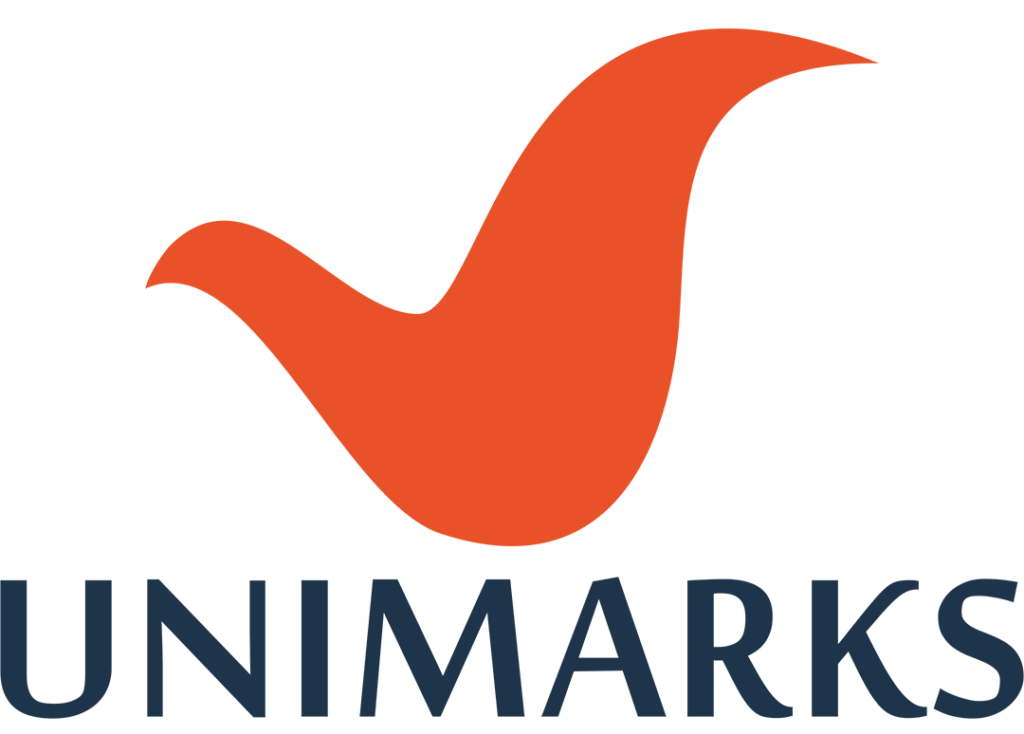A trademark can be described as a word, name, symbol, design, or combination of elements. It is used in trade regarding goods and services, to indicate the connection with goods or services and differentiate it from existing goods and services. The trademark’s primary function is to give purchasers information about the manufacturers or quality of goods and services. Procedure for Registration of trademark in India is a simple and easy process. The Trademarks Act,1999 and the Trademark Rules, 2002 govern the law on the trademark.
How to Register a Trademark in India?
Procedure for Registration of trademark in India is done by the Controller- General of Patents, Design, and Trademark (Registrar of Trademarks), situated at Chennai, Mumbai, Kolkata, Ahmedabad, and Delhi. The application for registration of the trademark has to be filed based upon the territorial jurisdiction of the place of business of the Applicant.
Steps involved in Registration Of Trademark
Step-1: Application for Registration:
The Applicant must apply in writing to the Registrar of trademarks with the required documents to get the trademark registered. The Applicant can file a single application for the same or multi-class trademark and the prescribed fees for goods or services.
Particulars of the Application:
- The name, correspondence, and nationality status of the Applicant.
- In the case of a partnership firm, the names of all the partners.
- In the case of a company, the country or state of incorporation.
- Particulars of goods and services for which registration is sought.
- Soft copy of the trademark proposed to be registered.
- Translation copy of mark- if the mark is in a language apart from English.
- If the proposed application is to claim priority from an earlier filed convention application, details of that application, along with the certified priority document, are required. The Applicant has to submit the
- said document within one month.
- Power of attorney signed by the Applicant as per Form TM-M
Step-2: Review of Application:
The Registrar of trademark reviews the application and the Registrar either accepts or refuses the application or proposes for modification. Registrar might deny the registration on two grounds:
- Absolute Grounds of refusal
- Relative grounds of refusal.
But if the Registrar is satisfied that the application is complete without any error, it allows the application number, which later becomes the registration number.
Step-3: Examination Report:
The Registrar of the trademark has to issue an examination report stating the grounds on which the application was accepted or refused. If refused, a trademark might get itself registered if the Applicant can prove that it has acquired a unique or distinctive character with time. The Registrar determines whether the application is accepted, rejected, or put up for show cause hearing based on the examination report.
The Applicant has one month to submit counter-reply to the examination report and any supporting documents to overcome registry’s objections.
If the Registrar is satisfied with the reply statement, it will accept the application and publish it in the trademark journal. In case the application is rejected, the Registrar will call the Applicant for the show cause hearing.
Step 4: Advertisement:
After accepting the application, the Registrar will order to advertise the application in the trademark journal to call for public opposition against the subject trademark. The published mark is available on the registry’s website.
Step-5: Filing of Opposition:
Any aggrieved party can oppose the trademark in writing to the Registrar with prescribed fees within four months of the journal publication/advertisement.
If no opposition is filed within the prescribed period, the application is deemed accepted and registered.
Step 6: Counter-Statement to Opposition:
In case of any opposition, the Registrar will serve the copy of the notice of opposition to the Applicant. He has to file the counter reply stating the grounds pf rejecting the oppositions within two months.
The Applicant (attorney acting on behalf of the Applicant) will send the counter-statement to the opposite party. The Registrar will give both parties reasonable opportunity, based on which the Registrar will decide to accept or reject the application.
Step 7: Acceptance of Registration:
Suppose the Registrar is satisfied that the application is complete and decides in favor of the Applicant. If the application is accepted, the Registrar must register the trademark within 18 months.
Renewal of Registered trademark:
After the ten-year period has passed, trademark protection renewed on a periodic basis by paying the Registrar the required fees. The renewal period is for ten years.







